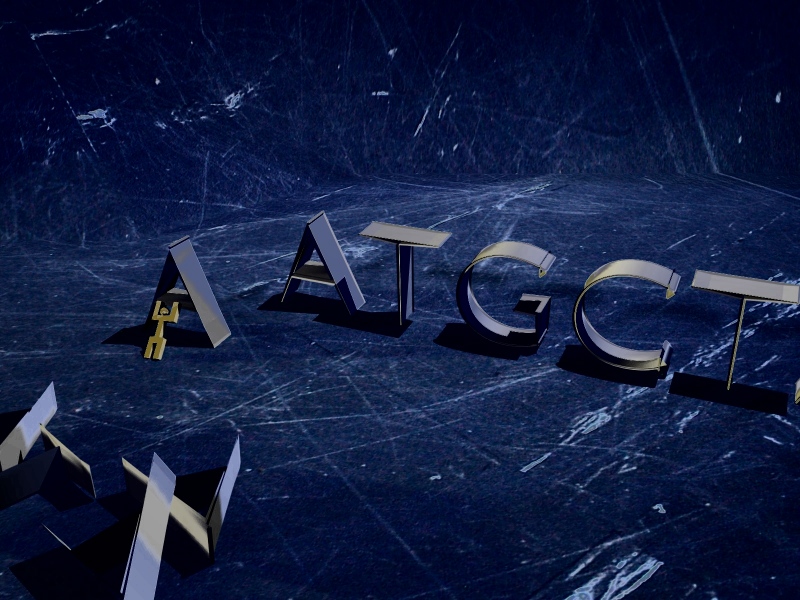Researchers Discover Hundreds of Unexpected Mutations from New Gene Editing Technology
By Jessica Wapner,
Newsweek
| 05. 31. 2017
For the past few years, a new scientific tool known as CRISPR-Cas9 has been hailed as the future of medicine. The technology, which has been the center of both extreme fascination and a bitter patent disputebetween two research groups, enables scientists to edit genomes. That is, they can remove harmful genes that cause diseases and replace them with normal genes that don’t—at least in theory. While exciting to many, the idea has also elicited fears that the technology could create dangerous mutations and be used in unbridled ways, for example in attempts to create superhumans and designer babies.
According to a new report, such fears may be well founded. The study, published in Nature Methods , found that using CRISPR-Cas9 to edit a genome can result in hundreds of unintended mutations being introduced. For the report, researchers sequenced the genomes of mice that had already undergone CRISPR-Cas9 procedures. They then scrutinized the edited genomes for any changes in the mouse genes—and they found plenty. The technology had accomplished the original intended task of correcting a gene that causes...
Related Articles
By Jonathan Matthews, GMWatch | 12.11.2025
In our first article in this series, we investigated the dark PR tactics that have accompanied Colossal Bioscience’s de-extinction disinformation campaign, in which transgenic cloned grey wolves have been showcased to the world as resurrected dire wolves – a...
By Jessica Hamzelou, MIT Technology Review | 11.07.2025
This week, we heard that Tom Brady had his dog cloned. The former quarterback revealed that his Junie is actually a clone of Lua, a pit bull mix that died in 2023.
Brady’s announcement follows those of celebrities like Paris...
By Lauran Neergaard, AP News | 11.03.2025
WASHINGTON (AP) — The first clinical trial is getting underway to see if transplanting pig kidneys into people might really save lives.
United Therapeutics, a producer of gene-edited pig kidneys, announced Monday that the study’s initial transplant was performed successfully...
By Meagan Parrish, PharmaVoice | 10.10.2025
When CEO Ben Lamm steps into the spotlight, it’s usually to talk about his efforts bringing extinct animals back to life. Once a far-flung idea, Lamm and the company he heads, Colossal Biosciences, have proven they can pull it off...




